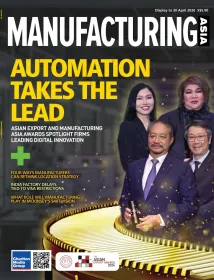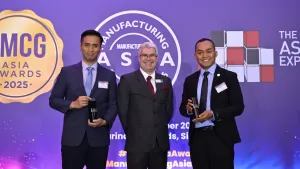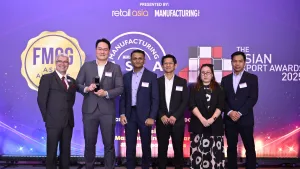Tariffs compound expenses, strain manufacturing resilience
Rising tariffs are inflating costs, and forcing manufacturers to rethink operations.
New tariffs are straining businesses across industries, amplifying cost pressures and reshaping supply chain strategies. Gartner reports that 92% of supply chain leaders now cite rising costs as a top concern, while 75% are increasingly worried about falling demand.
According to Pilar Dieter, Managing Partner and CEO of YCP Management Services Division, the economics are straightforward. “You know, basic laws of economics dictate that tariffs really function as a tax on consumers,” she said. “Industries that are relying on imports, like automotive, apparel, footwear, those are especially exposed, but tariffs on things such as steel, aluminum, semiconductors, those are driving up production costs. So ultimately, we're starting to see that increased costs are inevitable across all nodes of the value chain.”
For businesses, the impact of tariffs is not just about the direct expense. Abhijit Nagendranath, Vice President of Data Analytic at SG Analytics, said the compounding effect across the production process is what makes tariffs the most cited risk.
He added that the unpredictability of today’s trade environment has further destabilised planning cycles. “This increases your risk premiums. This increases your ability to figure out how much it is that you're going to be able to sell on a monthly, quarterly, yearly basis.”
Dieter said some manufacturers are seeking alternative supply sources or transshipment strategies to avoid high-tariff regions, while others are pursuing “more transformative ways… to become less fragile to these swinging tides of trade” through operational modifications.
Nagendranath pointed to technology as a key enabler. “Leveraging AI, leveraging analytics, for more precise demand sensing… it’s almost like an early warning system that allows for proactive adjustment of production schedules, understanding inventory levels, and therefore it just gives them a little more time to adjust,” he said. Predictive maintenance, quality control automation, and supplier diversification supported by analytics can also help offset input costs, he added.
The challenge, however, is balancing cost recovery with customer retention. Dieter said some manufacturers are collaborating with suppliers to build joint ventures closer to home, while retailers increasingly promote private-label products and delist brands that hike prices, raising long-term customer retention risks.












